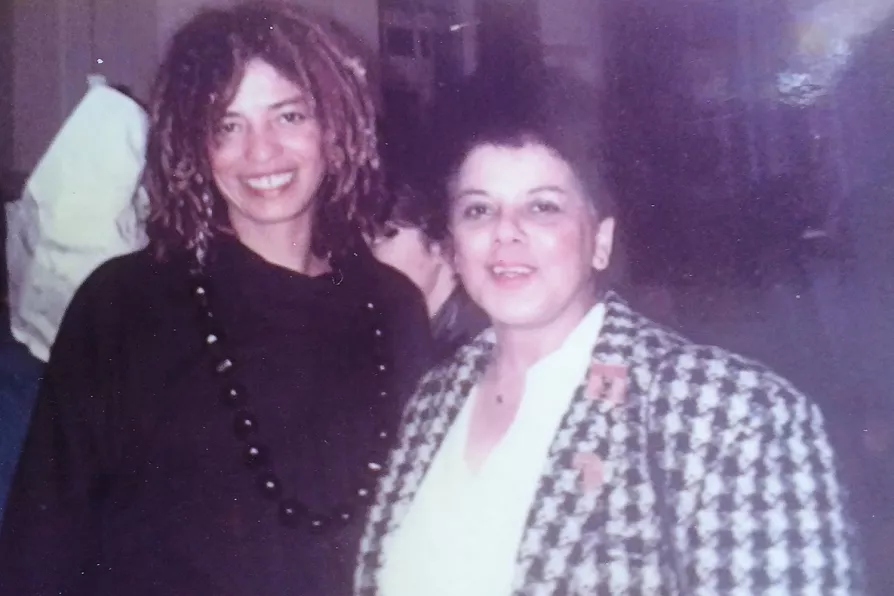A vast US war fleet deployed in the south Caribbean — ostensibly to fight drug-trafficking but widely seen as a push for violent regime change — has sparked international condemnation and bipartisan resistance in the US itself. FRANCISCO DOMINGUEZ reports

 Dorothy Kuya (right) with US activist Angela Davis
Dorothy Kuya (right) with US activist Angela Davis
IN 2021, students at the University of Liverpool voted by a huge majority to rename Gladstone Hall, one of the halls of residence, Dorothy Kuya Hall. The wonderful irony of choosing a black Liverpudlian communist to replace the several-times prime minister of Britain speaks volumes. But who was Dorothy Kuya?
She was born on March 16 1933 in Liverpool, her mother a local woman and her father from Sierra Leone. The latter soon disappeared from their lives but her mother married a Nigerian seafarer, so young Dorothy took his name and he proved to be a loving father to her and her siblings. His influence alongside others like Ludwig Hesse, a communist seafarer from the Gold Coast, now Ghana, had a positive influence on her life.
The Kuya family lived in Liverpool 8, virtually a ghetto at that time with mainly black and mixed-heritage people suffering poor housing and constant unemployment.

DAVID HORSLEY reminds us of the roots and staying power of one of the most iconic festivals around

White racist rioting has many an infamous precedent in Britain, writes DAVID HORSLEY












